Q&A: The missing peace – how only an end to conflict can stop spiralling hunger
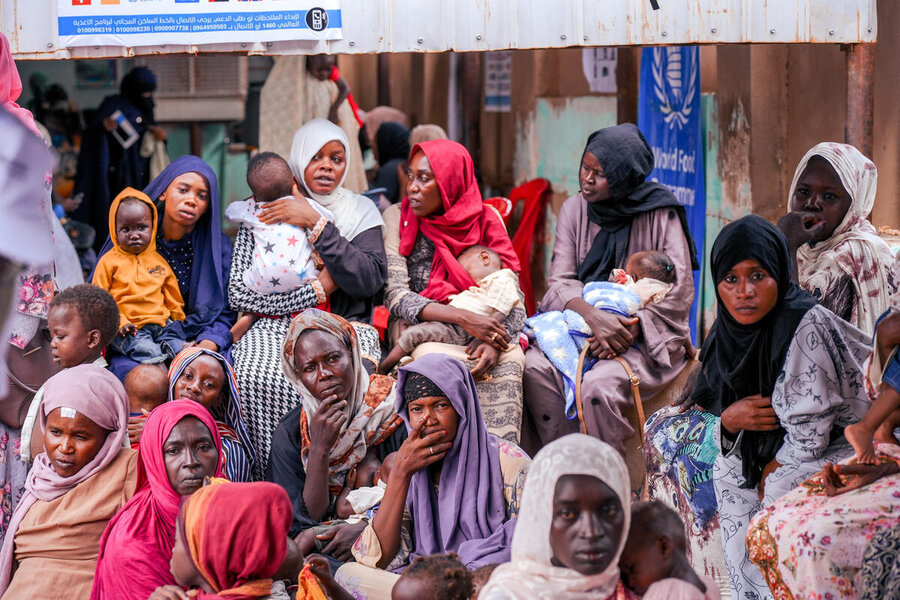
When funding is squeezed, humanitarian operations suffer – and so do the people that organizations such as the World Food Programme set out to assist.
With funding down 40 percent since last year, WFP has to reduce and even end rations for some of the most vulnerable people.
This year, WFP aims to reach 98 million people with food and nutrition assistance as 343 million people in 74 countries face acute hunger.
Yet money alone will not solve this crisis. In context after context, across continents, achieving peace – or, at least, peaceful conditions – remains critical for WFP to assist people at scale.
In the Q&A below, Ross Smith, WFP’s Director of Emergency Preparedness and Response, describes what WFP sees on the ground, the gaps in funding, and how conflict is deepening urgency.
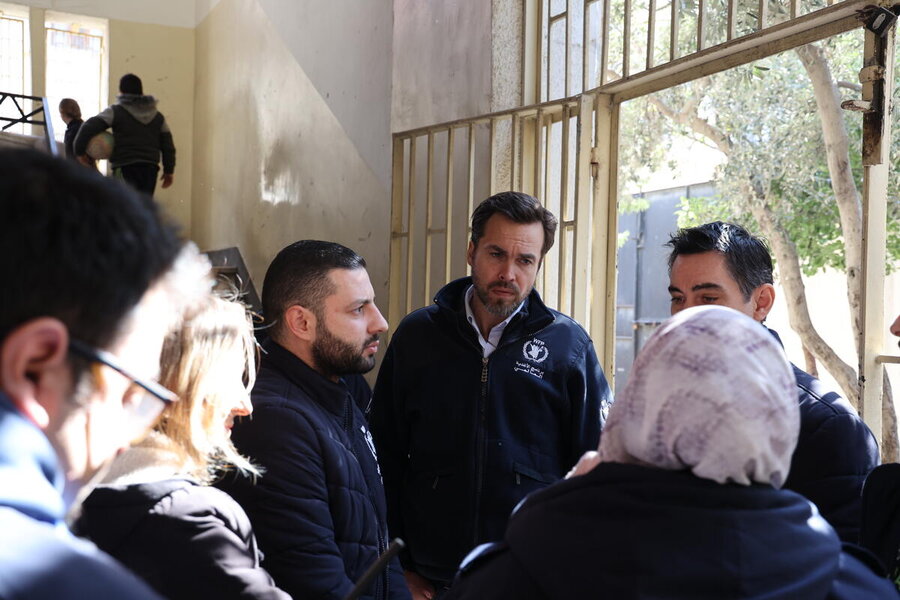
Q: Which crises keep you up at night?
Ross Smith: The big crises that keep me awake at night right now are Sudan, Gaza and the Democratic Republic of Congo. Yemen is still a major concern, primarily because of the wellbeing of our staff at this moment.
These are all large-scale, complex emergencies in conflict zones, with the full range of challenges: huge populations in need, access negotiations, diplomacy, funding, donor engagement and staffing.
Sudan is on a scale that is deeply worrying – nearly 25 million people face acute hunger. Famine has been confirmed in parts of the country, other areas are at risk, many of them extremely hard to reach, requiring cross-line or cross-border access.
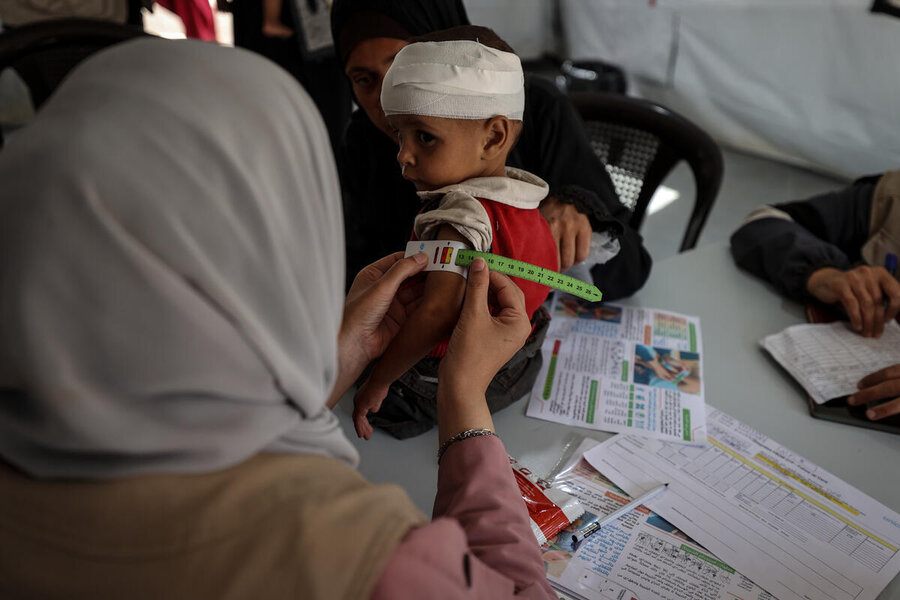
More than 1million people have been displaced inside the country, and 4 million have fled altogether, placing burdens on neighbouring countries such as South Sudan, Ethiopia and Chad.
We’ve had to scale up our own teams, work with UN and NGO partners, and negotiate access constantly.
At the same time, we’re in constant engagement with donors and member states to keep the diplomatic and political tracks moving.
Gaza is the most visible food security crisis in the world – with 500,000 people confirmed to be in famine, the need is obvious. WFP has the capacity, resources, and expertise to alleviate suffering immediately, but without a ceasefire or ‘ceasefire-like conditions’, we cannot operate at the scale required. It’s simply the operational reality: we need safe access.
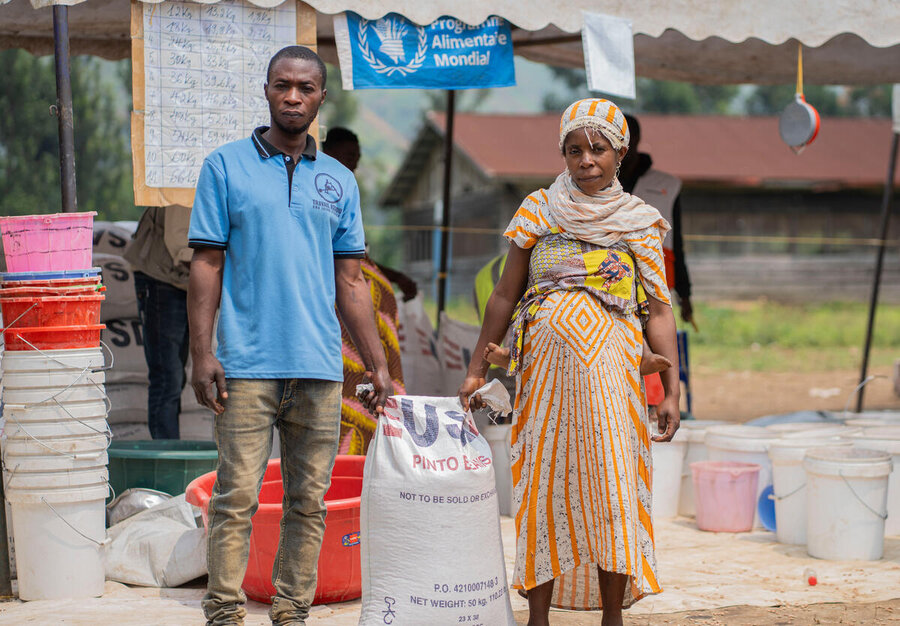
The Democratic Republic of Congo is a fragmented, complex environment with persistent armed clashes and health crises, including the current outbreak of Ebola, creating a cycle of displacements and desperation. Although DRC signed a peace agreement with Rwanda in June, we’re not seeing tangible results on the ground.
Access issues, including the closure of Goma airport, have meant the WFP-operated UN Humanitarian Air Service cannot take aid workers and food to conflict zones, leaving over half a million people unreachable amid worsening food insecurity in Eastern DRC. Funding shortfalls are hitting particularly hard. Without significant new resources, the scale of our programme will shrink dramatically.
Haiti is another urgent case
RS: Yes. Violence associated with armed groups has displaced more than 1.3 million people and complicated humanitarian access, leading to people facing famine-like conditions in some areas.
Across Latin America more broadly, much of our focus is on seasonal emergencies – floods, hurricanes – and the preparedness that allows us to respond quickly. This year, reduced emergency stockpiling is hampering WFP’s ability to respond quickly. And across the region, migration pressures remain enormous, stretching along the world’s largest migration corridor.
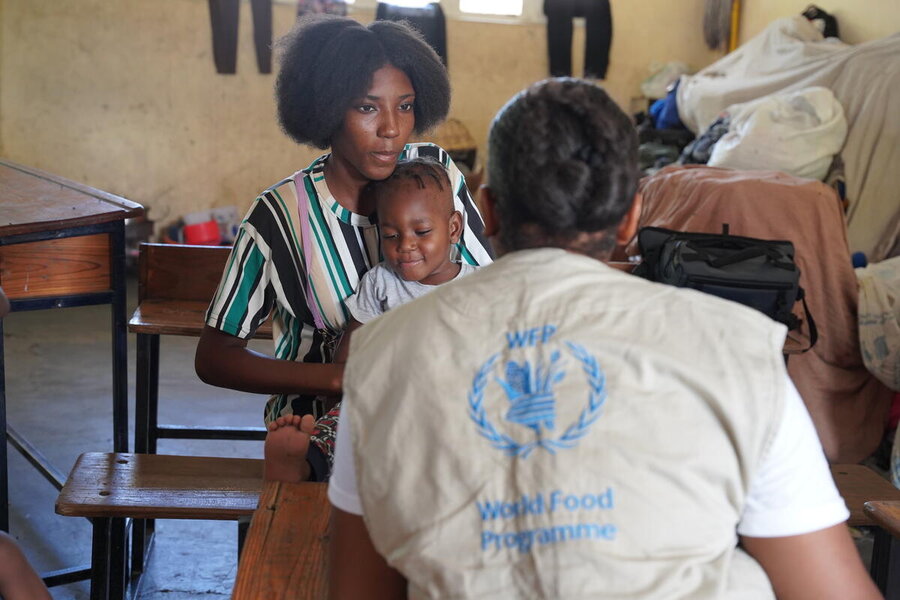
How do WFP country offices prioritize?
RS: There are no easy choices when the money isn’t there. Funding shortfalls are shaping everything WFP does. We’ve seen reductions in emergency food and nutrition programmes across the board – there’s been a chilling effect across the system.
Sometimes you stretch resources by cutting rations, but eventually you are forced to cut people off altogether.
Most of our money is tightly earmarked for a specific country or even a particular activity, which limits flexibility. At country level, there’s usually some discretion to reprioritize – focusing on the most vulnerable, such as malnourished children and women, or people in hard-to-reach areas with no markets and no coping strategies. That is where we try to concentrate scarce resources.
We support our country teams in communicating with impacted populations early and where possible involving them, trying to make the process as dignified as possible. But there’s no way to disguise what it is: people who are acutely food-insecure are being left without assistance.
In refugee contexts, more than three-quarters of our programmes are facing either complete stoppages or significant reductions. That means moving people off assistance entirely, not just cutting rations. These are people in desperate circumstances, and the consequences are immediate.
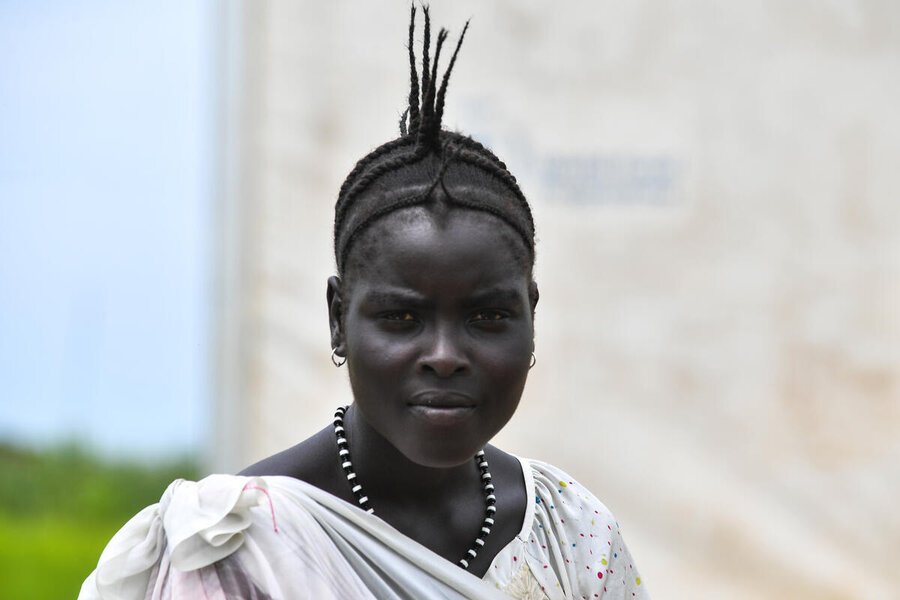
National governments also face cuts. This forces austerity measures that leave people more vulnerable – pushed into needing humanitarian assistance that we can no longer provide.
And there’s a knock-on effect for the national NGOs that WFP works with – especially smaller ones that relied on a single funding stream. Many have had to shut down. International NGOs, too, have had to scale back, which puts more pressure on WFP’s own operations.
Let’s talk about Afghanistan
RS: Afghanistan has seen a collapse in social services, worsened by the funding shortfalls in development and humanitarian interventions. The suffering may not always appear on TV screens, but the evidence is there: rising malnutrition, food insecurity, and displacement. Add to that nearly 2 million Afghan returnees being forced back from Iran and Pakistan with no support waiting for them, and you see how quickly vulnerability deepens.
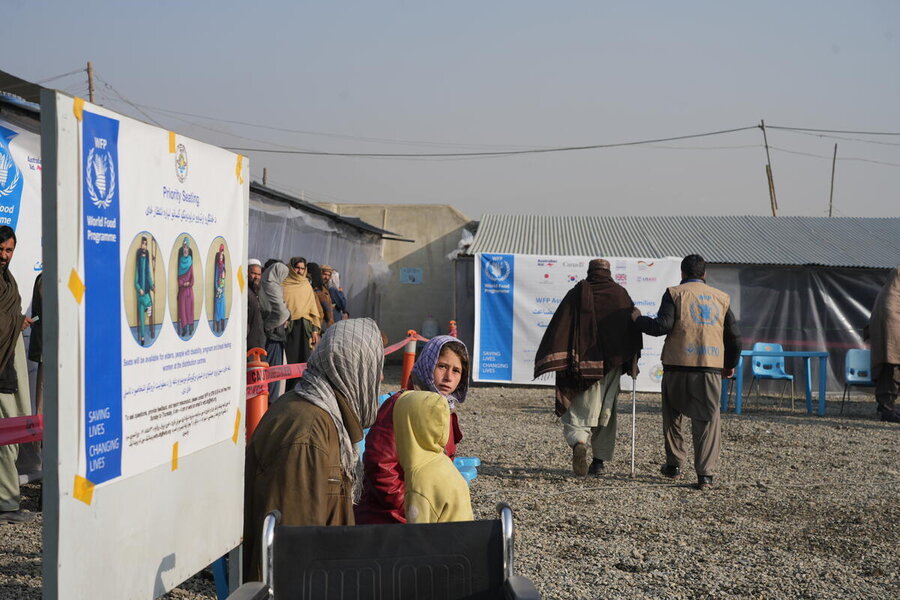
This year, 3.5 million children in Afghanistan are expected to be malnourished – half a million more than last year, marking the sharpest surge in malnutrition ever recorded in the country amid a significant decline in assistance.
WFP is also significantly reducing its winter-season support because we do not have the resources to preposition food assistance. This coincides with the lean season. Up to 15 million vulnerable people could be at risk of severe hunger, displacement and the impact of extreme weather conditions. However, WFP only has funds to assist 1 million people in the coming months.
You mentioned media coverage - that's pretty important
RS: Gaza and Ukraine get headlines but Afghanistan, DRC , Haiti, the Sahel, Sudan and South Sudan struggle to get coverage. That directly impacts funding. We do what we can to provide a voice for the most vulnerable populations in need. Alongside public communication and media cycles, we rely heavily on diplomatic engagement, trying to ensure that neglected crises remain on the global agenda.
But ultimately, what we need is peace.
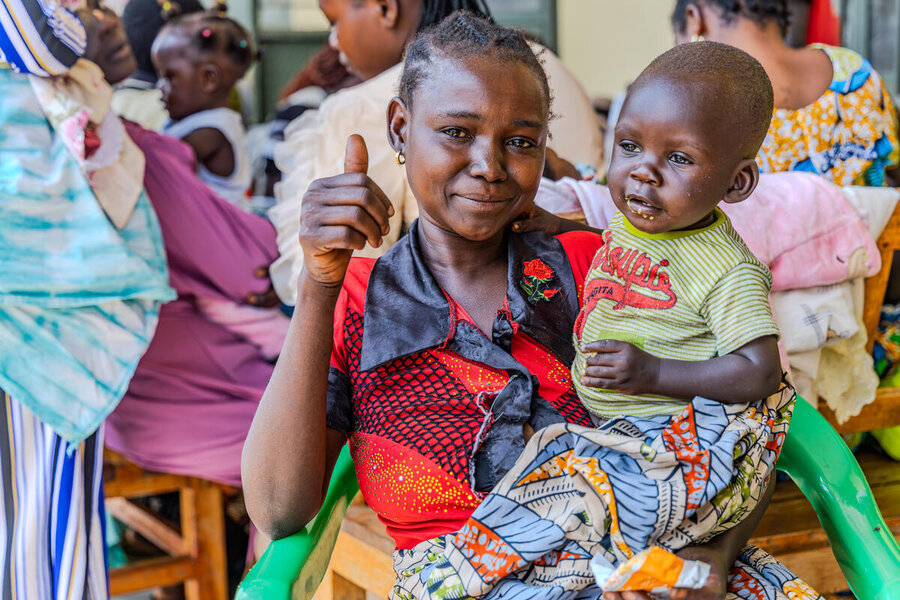
There is a direct connection between conflict and hunger. Rising food insecurity can drive conflict, and conflict in turn constrains humanitarian access. Humanitarian space is more restricted now than it has ever been, in places like Yemen, Palestine, Sudan, DRC and the Sahel. We used to have more respect and operating space, but now that’s being eroded.
We use all the channels we have to secure the minimum conditions necessary for work. But at the end of the day, WFP is a multilateral agency and member states also have a responsibility to support our objectives. They need to use their own political and diplomatic channels to create the space we require.
What is the biggest frustration?
RS: One of the greatest frustrations is the shift in international diplomacy. Traditional channels and norms of the rules-based order have weakened, making it harder to find the leverage we need to influence high-level decisions. We’ve seen the consequences in Yemen, where our staff have been arbitrarily detained despite UN privileges and immunities. Operating with impunity against humanitarian workers is unacceptable, but it’s the reality in several contexts.
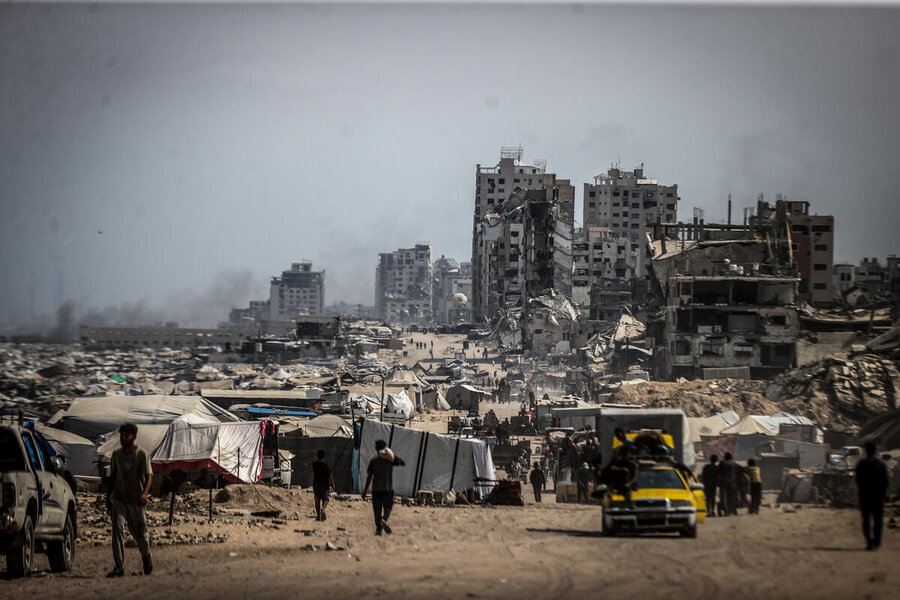
What would you do if you had a magic wand?
RS: If I had a magic wand, I’d start with a ceasefire in Gaza to allow full humanitarian access. In Sudan, I’d want a humanitarian pause to get aid into besieged cities like El Fasher in North Darfur and Kadugli in South Kordofan, where civilians are trapped and facing catastrophic conditions. And in DRC, I’d want genuine access agreements that allow us to move staff and supplies safely across North Kivu, South Kivu, and Ituri – backed by the funding needed to sustain operations.
Even while responding to emergencies, we need to plant the seeds of sustainable programmes that rebuild livelihoods and resilience. Otherwise, we’re locked in a cycle of short-term response. Funding shortfalls are making this harder, but it’s more important than ever.
How does the next year look?
RS: We don’t expect 2026 to look much different from 2025 in terms of funding. We hope to maintain current levels at least, but we have no clear signals that donors, traditional or otherwise, will fill the gaps. We have to prepare for operating under a much smaller envelope than in the past five years.
What makes you happy in your job?
RS: There isn’t much to be happy about in these crises. What does bring satisfaction is when, despite all the obstacles, our teams can deliver and make a tangible difference in people’s lives, even if only for a time. Those moments remind me why we do this work, even as we spend most of our days firefighting, handling shortfalls and negotiating for access that should never be denied in the first place.
